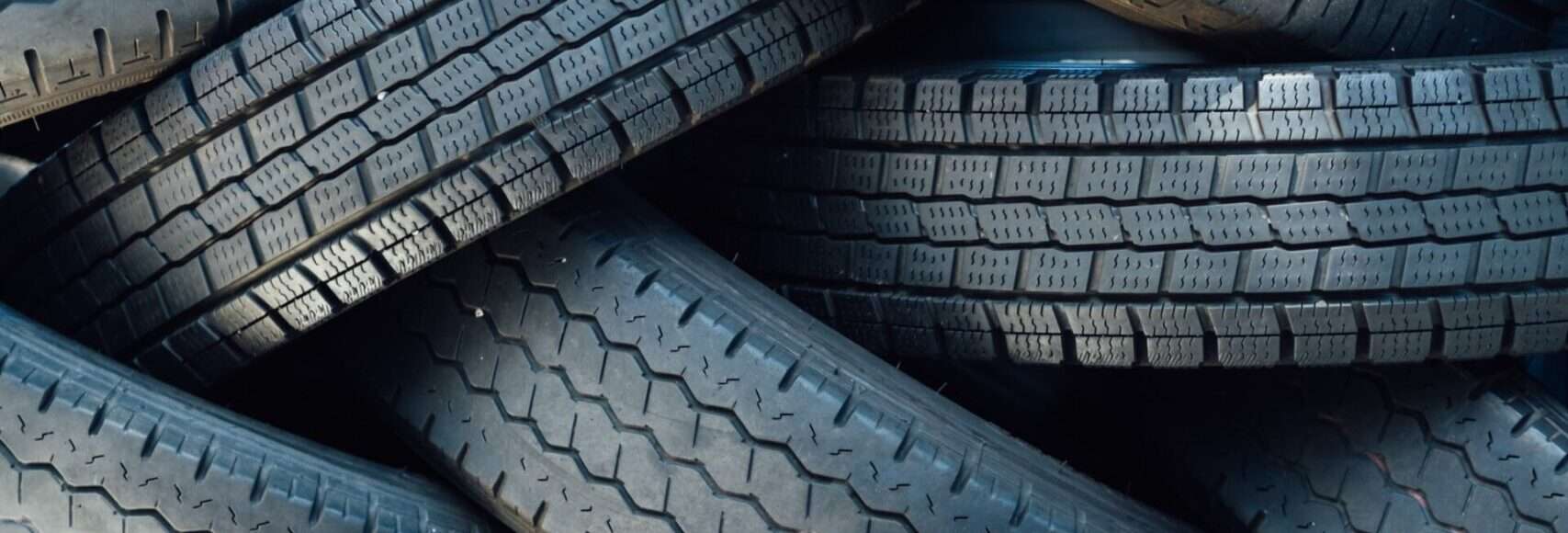Would you go for a jog in your slippers? It’s a recipe for grazed knees, bruised pride and sartorial embarrassment. Just like your running shoes keep your feet safely in touch with the pavement, so too do your tyres keep your car safely in touch with the road. The condition of your tyre tread can be the difference between a serious collision and a ‘close call’. Learn how to check tyre tread below.
What is the minimum tyre tread depth needed?
It is a legal requirement in Australia that all tread on a tyre must be a minimum of 1.5mm deep. This is an important national standard for vehicle safety, alongside others specified in the Australian Design Rules (ADRs) administered under the Motor Vehicle Standards Act 1989. These design rules specify what is considered roadworthy for tyres, including the distance between the bottom of the wheel guard and your tyres (ADR42) – which is an important rule to understand if you modify the height of your vehicle – and labelling and construction standards (AD23).
AD23 specifies that all tyres must be fitted with Tread Wear Indicators (TWIs). Once a TWI is visible on the tyre sidewall, the vehicle is no longer roadworthy and the tyre must be replaced. We recommend that you replace your tyres well before this point; generally once you reach 3mm depth.
Why is tyre tread important to check?
Tyres are the only points of contact your vehicle has with the road surface, and are therefore one of the most important components in keeping you and your passengers safe. In the event of emergency braking or steering, the handling and traction provided by your tyres is critical to the eventual outcome.
Imagine (yet another) rainy day in Melbourne. Stormwater drains are full-to-overflowing and your windscreen-wipers are working at high speed as you drive carefully at 40 km/h. 30 metres ahead, a car slowly backs out of a driveway without looking. Can you stop in time to avoid a collision? In wet conditions, and with tyre tread meeting national safety standards, you can safely bring an average family car to an emergency stop in roughly 29 metres. A close call!
The grooves in your tyre tread are designed to disperse water in wet conditions. If you find yourself in wet conditions with poor tyre tread, you’re at great risk of aquaplaning (losing all traction with the road) in the event of an emergency.
How to check tyre tread
Measuring tyre tread depth is straightforward. New tyres generally have a tread depth of 8mm, which will wear down over time.
Check the tyre tread wear indicator
Take a look at your tyres. If you can see the TWI on your tyre sidewall, it has worn down to its minimum depth and your vehicle is no longer roadworthy. Don’t risk driving on poor tread; call your roadside assistance provider for help.
Use a tyre tread depth indicator
These cheap tools are available at most automotive parts retail stores, and provide an easy way of taking an exact measurement of your tyre depth. If your depth is down to 3mm or lower, it’s time for new tyres.
The 20c coin trick
Bust open the piggy bank and grab a 20 cent coin. Place the coin in a groove. If the tread doesn’t reach the bill of the platypus, you’ve got less than 3mm of tread remaining – it’s time for new tyres!
While you’re inspecting your tyres for visible wear and tear, keep an eye on your tyre pressure. Having the correct tyre pressure can significantly extend the lifespan of your tyres, and is also really important for keeping your car running safely and efficiently. This can prevent blowouts, improve your fuel efficiency, and play an important role in staying safe on the road, particularly in wet conditions. Your vehicle’s recommended tyre pressure is displayed in the owner’s manual, and often appears on a sticker inside the driver’s door.
What to do if tyre tread is under the minimum depth
If your tyre tread is under 1.5mm, your vehicle is not in roadworthy condition. Do not drive your vehicle; get in touch with your roadside assistance service for replacement before you drive. If your tread is worn, but not yet below minimum depth, make sure you prioritise new tyres as soon as you can.
Monitoring and maintenance is key
These days, tyres will generally last around 40,000km under average conditions, although this can vary widely depending on quality of road surfaces, driving habits, and your vehicle’s general condition. Issues like incorrect wheel alignment can contribute to uneven or rapid tyre tread wear, which is why we keep our expert eyes on your tyres, too!
Regular wear and tear in your steering assembly, suspension and tyres will all affect wheel alignment over time, which is why the safety checks we undertake here at Cox Auto when you service your car regularly are so important. We inspect your tyres every time your vehicle is here for a service, and will rotate them at regular intervals to maximise their lifespan. If we notice your tread wearing down, we’ll let you know when it’s time for replacement.
Our specialist technicians provide the highest quality workmanship and customer service for all your car servicing and tyre needs. As soon as you notice any warning signs that your tyres or wheels are past their best, book a service. We will assess the condition of your tyres and provide you honest, reliable advice on the best course of action.
Need to get somewhere while your vehicle is being serviced at Cox Auto? As well as a fleet of courtesy cars, we offer a complimentary pick up and drop off service via Uber within 10 km of our centre in South Melbourne.


